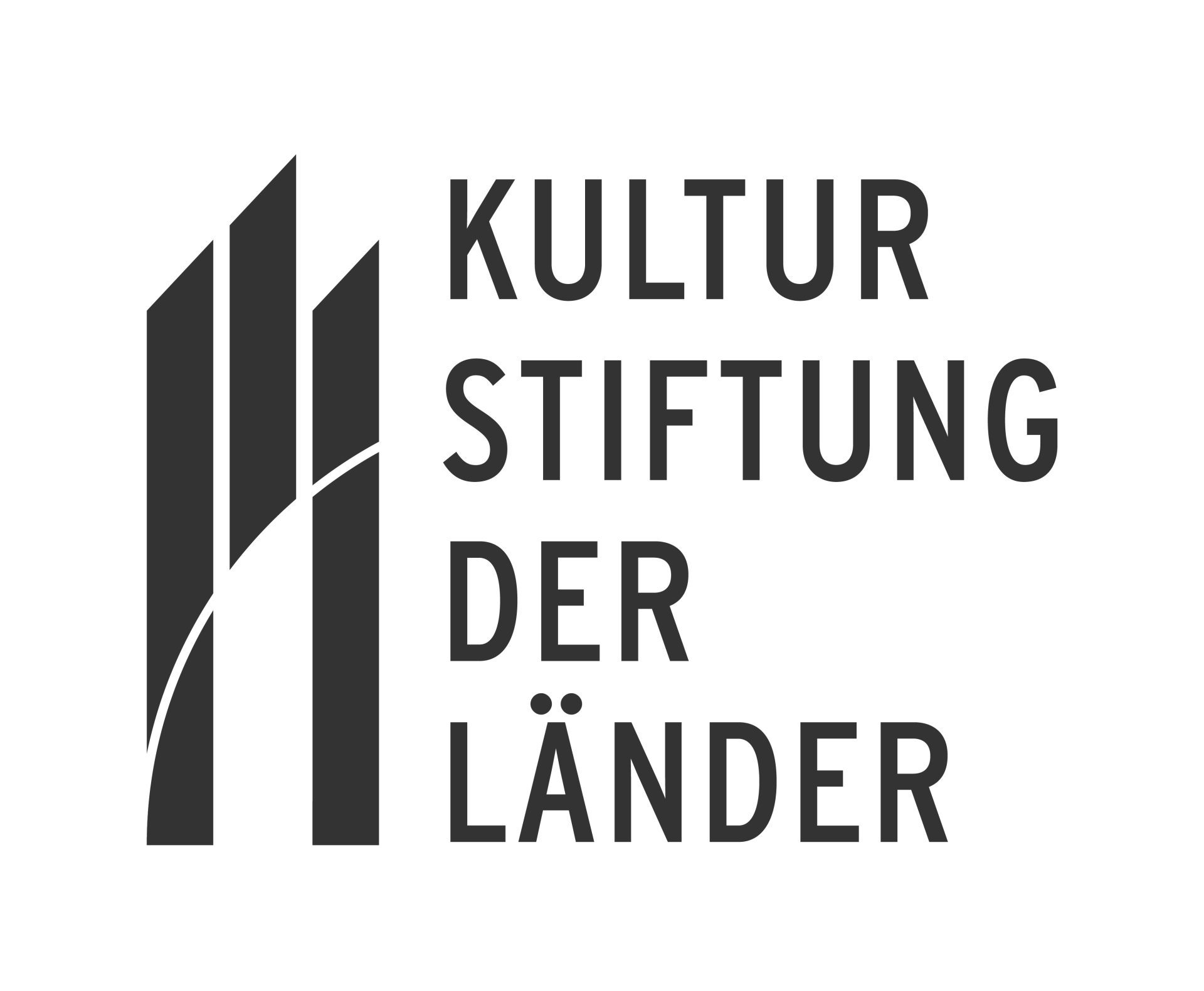New acquisition: Jahn Japanese Collection
Author:
Josef Straßer
min
Reading Time
One of the most important collections of modern Japanese ceramics and lacquerware has been acquired for Die Neue Sammlung (DNS) thanks to the support of Cultural Foundation of the German Federal States, the Ernst von Siemens Kunststiftung and Förderverein PIN. Freunde der Pinakothek der Moderne.
In this way, DNS’s ceramics section, which ever since its foundation in 1925 the exhibition hall has busily sought to expand, has now been emphatically strengthened as regards Asia. The same is true of lacquerware, of which DNS has to date only possessed a few items.
The Jahns as collectors have played a pivotal role in the reception of Japanese ceramics in Germany. Fred Jahn did so through his renowned gallery in Munich where in the 1980s and 1990s he arranged numerous exhibitions on the topic (shows that were influential far and wide) and later also on Japanese lacquerware. Gisela Jahn has had a similar impact through her scholarly work as an author and lecturer at the universities of Heidelberg and Berlin.
Thanks to their interest in this branch of Japanese arts and crafts, down through the decades they created what is one of the world’s most important collections of modern ceramics. The Jahns’ focus was on “modern traditional ceramics”, that style which emerged post-1950 as a result of the political effort to preserve endangered Japanese cultural assets. Many of the items in the collection were obtained during the couple’s travels to Japan and the related visits to the workshops of the various artists in question.
The Gisela and Fred Jahn Japanese Collection consists of over 300 ceramic and lacquerware items and offers an overview of Japanese ceramic art of the last 50 years, rounded out by outstanding lacquerware pieces from this period. It also features a few older objects that not only highlight the roots of contemporary ceramics, but also visualize their position within Modernism, as unlike that in Europe Japan’s centuries-old ceramics tradition continues to play an influential role to this day.
The items in the collection reflect the broad spectrum of Japanese every-day and tea-related ceramics: platters, plates, bowls, pots, vases, bottles, jugs, and beakers for Sake, bowls, cups and jars for tea, as well as vessels for water, and pots with lids for smoked products.
Almost all the ceramic pieces come in the traditional wooden boxes labeled and signed by the respective artists and which symbolize the particularly high esteem in which ceramics is held in Japan. Alongside several ceramic items that have been awarded the title of “Living National Treasures”, the Jahn Collection also features the most important workshops, including two of the so-called “six oldest kilns”.
Die Neue Sammlung, with its collection of over 2,500 items across all its different sections (Industrial Design, Graphic Design, Arts & Crafts) is home to what is probably one of the largest collections of 20th and 21st century Japanese design in Germany, if not in Europe – with the exception of the museums specialized in East Asian art, which, however, have a very different collection focus.
With the ceramics and lacquerware from the Jahn Collection, the existing DNS holdings are being decisively expanded, underscoring its unique position among the international museums and also further expanding on it. In a major exhibition planned for 2027 in Pinakothek der Moderne, the Gisela and Fred Jahn Japanese Collection will go on public display for the very first time.
Highlights
-
Kanzaki Shihō, tea bowl (shino chawan), 1995/96 (sponsored by the Kulturstiftung der Länder).Photo: Die Neue Sammlung (K. Mewes)
-
Tsuji Seimei, flower vase (hanaire), 1990s (sponsored by the Kulturstiftung der Länder).Photo: Die Neue Sammlung (K. Mewes)
-
Kaneshige Michiaki, flower vase (hanaire), c. 1992 (on loan from the Ernst von Siemens Kunststiftung).Photo: Die Neue Sammlung (K. Mewes)
-
Tsujimura Shirō, Ball vase, 2008 (sponsored by the Kulturstiftung der Länder).Foto: Die Neue Sammlung (K. Mewes)
-
Anonymous, Gefäß (tsubo), before 1573 (on loan from the Ernst von Siemens Kunststiftung).Photo: Die Neue Sammlung (K. Mewes)
-
Ueda Naokata V, vessel for used water (kensui), 1985-95 (on loan from PIN. Freunde der Pinakothek der Moderne).Photo: Die Neue Sammlung (K. Mewes)
-
Kaneshige Makoto, flower vase (hanaire), 1990s (on loan from PIN. Freunde der Pinakothek der Moderne).Photo: Die Neue Sammlung (K. Mewes)
-
Supported by:
Kulturstiftung der Länder
Ernst von Siemens Kunststiftung
PIN. Freunde der Pinakothek der Moderne e.V.


